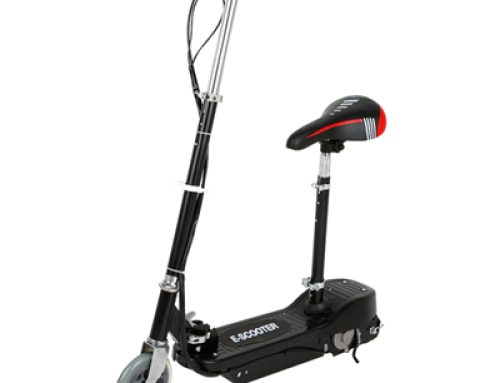Electric Bike Standard in Canada
Since 2001, the Canadian Federal Safety Law requires that the standards for electric assisted bicycles (PABs) have been defined. It is defined as a two-wheeled or three-wheeled bicycle equipped with an electric motor of 500 watts or less, and can be pedaled on with both feet when there is no power supply. In addition, under the safety requirements, the maximum 32 kilometers must be met. And the manufacturer must mark clearly on the body to inform that it is an electric bicycle. However, each province in Canada has different requirements for electric bicycles. The following is a brief list Requirements of relevant provinces.
1. Alberta: This province allows electric bicycles to be ridden legally on the road. However, the maximum speed is limited to 32 kilometers per hour. The maximum motor output is 750 watts and the total weight must not exceed 35 kg. The driver must wear a safety helmet.
2. Ontario: This province is one of the slowest provinces in Canada to allow electric bicycles to be legally used on the road. On October 4, 2006, the Ontario Minister of Transportation announced that electric bicycles can only be officially used on the roads if they meet the federal standard definition. Must be at least 16 years old and must wear a safety helmet. At the same time, they must also comply with bicycle regulations. The maximum weight limit of electric vehicles is 120kg, and the maximum braking distance is 9 meters. It is forbidden to modify the motor to speed more than 32 kilometers per hour. In addition, electric bicycles are not allowed on 400 series highways, express roads or other prohibited areas. Under 16 years old and under Those who wear qualified helmets will be fined between 60 and 500 dollars.







